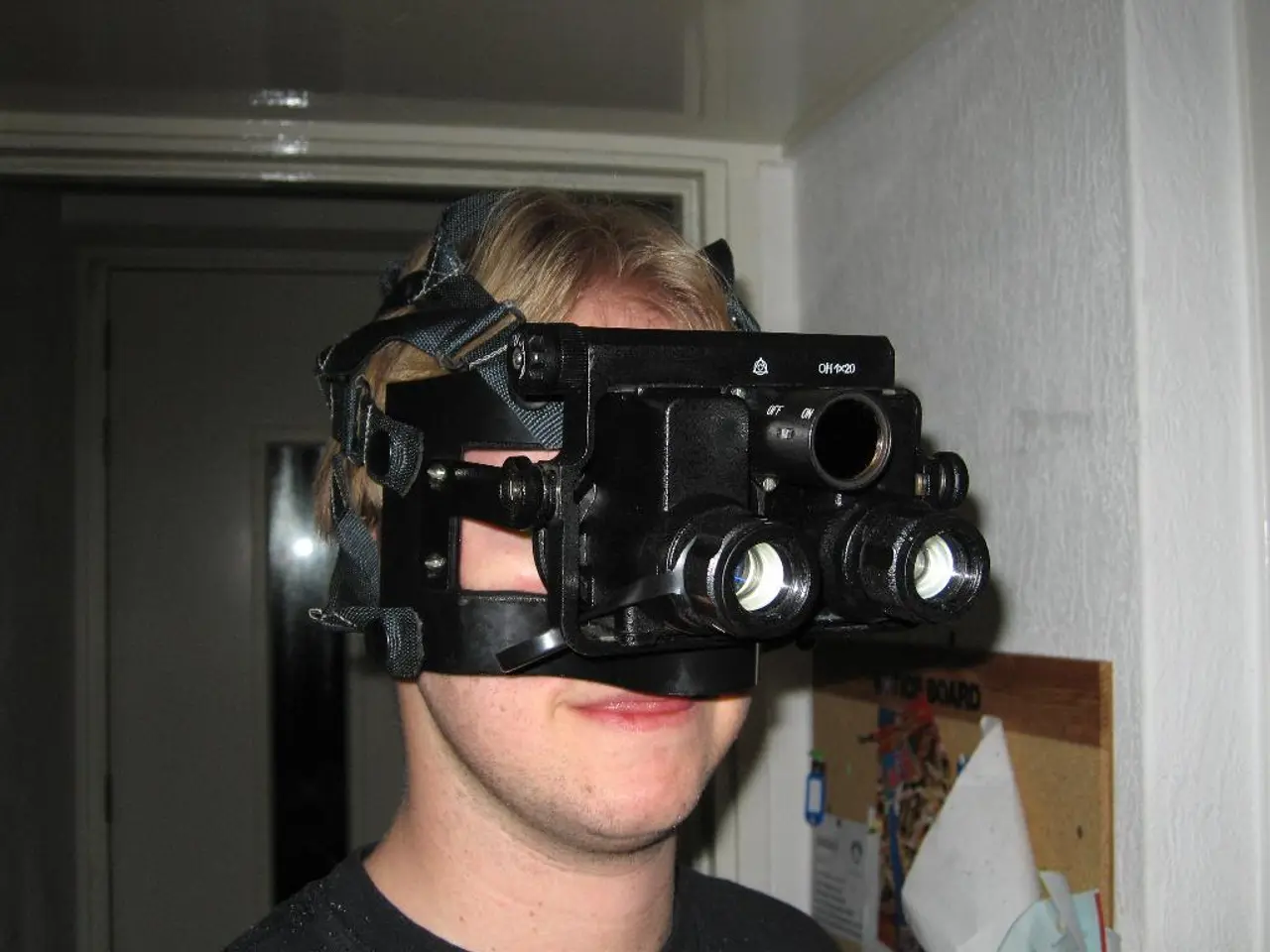Researchers Employ Virtual Reality for Managing Bipolar Disorders and Phobias
Virtual Reality (VR) is revolutionizing the mental health care landscape, offering immersive, personalized, and accessible treatment options that are reshaping the way we approach various mental health conditions.
Treatment Applications
Phobias and Anxiety Disorders
VR-based exposure therapy (VRET) is leading the charge in the use of VR for anxiety-related disorders such as phobias, social anxiety, panic disorder, PTSD, and generalized anxiety disorder. By providing a safe environment for controlled, repeatable exposure to feared stimuli, VRET helps patients confront and gradually overcome their fears. Recent research indicates that VRET is well-accepted by patients and often superior to waitlist controls, although further studies comparing it with conventional therapies are ongoing [3].
Psychosis and Schizophrenia
VR therapy shows promising results for individuals with psychosis, including those with schizophrenia. Studies indicate that VR treatment can reduce paranoia, anxiety, and avoidance behaviors more effectively and faster than traditional cognitive behavioral therapy (CBT). In some cases, VR therapy has reduced the number of sessions needed by about 15%. Therapists use VR to help patients test paranoid beliefs and safely learn new behaviors tailored to individual needs. Research is also developing AI integration to partially automate VR therapy, potentially improving accessibility and reducing waiting times [1][2].
Broader Therapeutic Contexts
VR therapy is adaptable for various mental health challenges by providing immersive, tailored experiences that can be precisely controlled and repeated. AI-powered virtual therapists, such as Cedars-Sinai’s "Xaia," complement VR by offering conversational support and mental health interventions outside traditional therapy settings. Xaia is used in chronic pain, alcohol use disorder, and anxiety/depression related to physical illness, indicating VR plus AI's potential for integrating mental and physical health care [4].
Potential Future Applications
Diagnosis
VR environments can simulate social or stressful situations to help clinicians better observe symptoms and responses in real-time, potentially enhancing diagnostic accuracy.
Training
VR is used for training mental health professionals, improving crisis response, and equipping providers with realistic practice scenarios without risk to patients.
Prevention
Early intervention through VR-based programs could help identify at-risk individuals by monitoring behavior patterns during VR exposure, enabling preventive mental health strategies [3][5].
Summary
VR is transforming mental health care by enabling faster, more effective, and customizable treatments, especially for anxiety disorders and psychosis. It supports diverse therapeutic contexts and, with the integration of AI, holds promise for future diagnostic, training, and preventive tools. Continued research focuses on standardizing protocols, automating treatments, and expanding VR’s accessibility to maximize its impact on mental health outcomes [1][2][3][4][5].
The use of VR in mental health care is challenging the perception that it is solely associated with gaming and entertainment. VR's adaptability makes it a valuable tool for addressing a wide range of mental health issues, from post-traumatic stress disorder (PTSD) to depression.
Challenges remain, including ensuring data privacy and addressing the digital divide, but the potential benefits of VR in mental health care are significant. Ongoing research is exploring the use of VR in diagnosing mental health conditions, training mental health professionals, and preventing the onset of disorders through early intervention strategies.
Research is being conducted to use VR in broader mental health initiatives beyond individual therapy. For instance, researchers at King's College London have developed VR simulations that replicate real-life scenarios for patients to confront and manage their fears in a controlled environment. One such example is a VR simulation of a London Underground ride, designed to help individuals with paranoia or social anxiety navigate public transport situations.
Similarly, VR is being utilized at Duke University School of Medicine to treat various phobias by exposing patients to virtual representations of their fears, such as heights or spiders. These innovative applications of VR in mental health care are paving the way for a brighter future in mental health treatment and care.
Technology and science have collaborated to advance health-and-wellness, particularly in the realm of mental health, with virtual reality (VR) leading the charge. By leveraging VR's immersive nature, scientists have developed personalized treatments for a variety of mental health conditions, including anxiety disorders, phobias, psychosis, and schizophrenia (such as Xaia for chronic pain, alcohol use disorder, and anxiety/depression related to physical illness) [4]. Furthermore, VR technology is being employed in science to improve diagnostic accuracy, train mental health professionals, and implement preventive mental health strategies [3][5].




